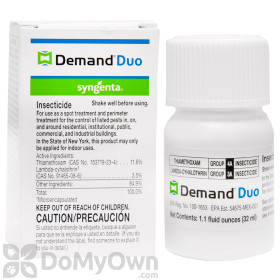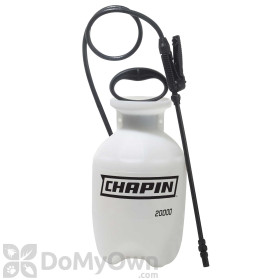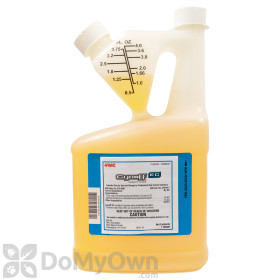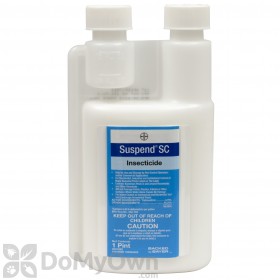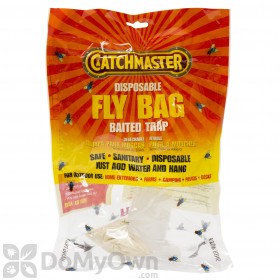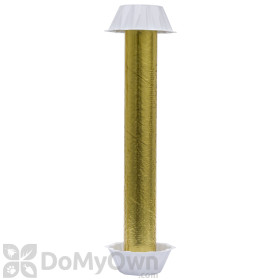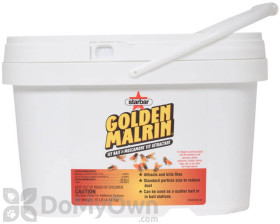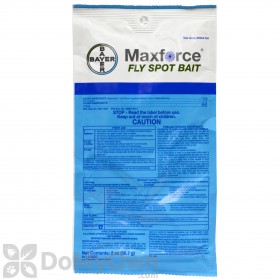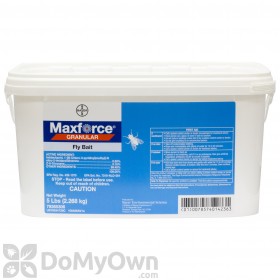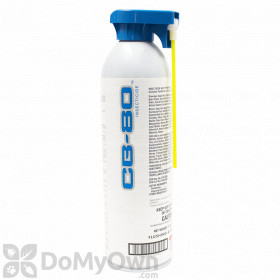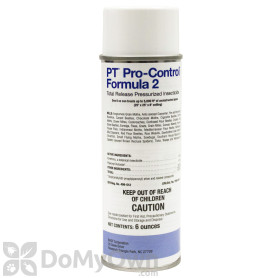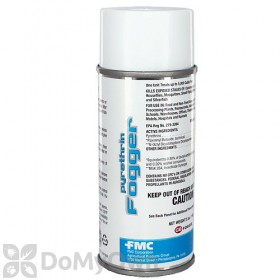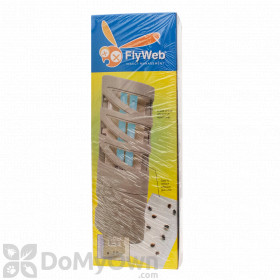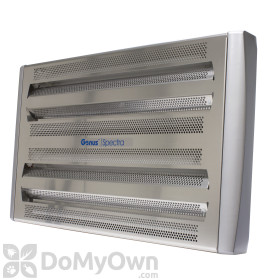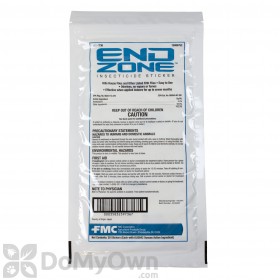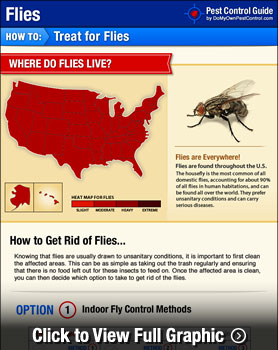Getting Rid of Flies Requires Multiple Treatment Methods
Outdoor Fly Control Methods
Pro Tip
If you have had an issue with house flies on a yearly basis you should consider starting the treatment methods before the flies have time to build up a large population.
Insecticide spray application
Tools and products needed:
- Concentrated insecticide spray
- Hand pump sprayer
Products needed for Step 1A
Fly Traps
- House fly trap
Products needed for Step 1B
Fly Baiting
- Fly bait
- Fly bait station
Products needed for Step 1C
Indoor Fly Control Methods
Space spray or fogging
- Pyrethrin aerosol spray or ready to use fogger
A space spray or a fogger is a good choice if you have a lot of fly activity inside and you need to get rid of the flies quickly. With this method, you will eliminate any flies that are out during the application but you will not leave behind an active residual. Following the product label instructions, apply the spray or fogger in the infested room. Most space sprays and foggers require you to vacate the room after the application and ventilate before re-entry. Please refer to the product label for re-entry requirements.
Products needed for Step 2A
Fly Lights
- Fly light
Using a fly light is very helpful for those homes and businesses where house flies are a common issue or when the use of insecticides is not allowed or desirable. Fly lights come in a wide variety of sizes, colors, shapes and prices. Selecting the correct location for this type of device is critical and should be carefully considered before installation. When installing a fly light be sure to install it away from sensitive areas. This will help draw flies away from areas where they could irritate people or contaminate food products. Fly lights should also be placed away from doors and windows that open to the outside to reduce flies being attracted to the competing light sources. You should read the product label of the fly light you choose for optimum placement information.
NOTE: Glue boards should be checked on a weekly basis. Glue boards that are dusty or full of insects are ineffective and should be changed. The ultraviolet light bulbs in fly light traps need to be replaced on scheduled dates, usually every 4-6 months. These bulbs should be changed even if they have not burned out. Over time the ultraviolet rays become weak and will no longer be attractive to flies. Read product the instruction guide to determine complete maintenance requirements for each individual device.Products needed for Step 2B
Baiting
- Fly bait
Indoor house fly baits come in a few different formulations. Wettable powder that you mix with water and paint or spray onto small vertical surfaces, Ready to use aerosol spray that you spray onto non-porous surfaces, small pieces of plastic or even string, or a Ready to use stickers than can be placed on walls or windows.
Apply the product of choice according to the product label instructions. Be sure you are only applying the products where they are labeled to be applied to avoid contact with non-target animals and children and to guarantee effectiveness.




